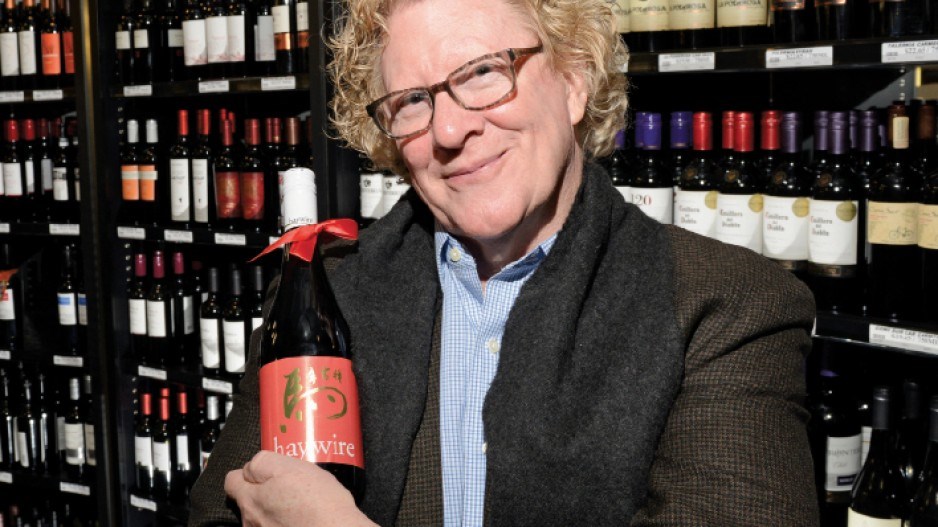Asia is the great Far Eastern hope of many wineries seeking to expand distribution, and celebration of the lunar new year is traditionally when gifts of wine are exchanged among government officials, business people and average citizens alike.
While gift-giving across China has been dramatically scaled back as leaders in Beijing cultivate a modest, less ostentatious ethos, it's still possible to find wines such as those of Painted Rock Estate Winery, south of Penticton, fetching prices that make China a worthwhile market.
Painted Rock's flagship Red Icon wine was listed in a Beijing restaurant at 5,280 renminbi (RMB), the equivalent of $900. (See "Asian restaurants charging top dollar for B.C. wines" – BIV issue 1262; January 7–13.)
Yet the price also highlights the quirks of the market and how little many wineries know about what makes the local consumer tick.
"China is very big; you cannot discover the Chinese market by one trip or just talking to one person," Li Demei, vice-general secretary of the Chinese Wine Association and an associate professor of wine tasting and oenology at the Beijing Agriculture College, told attendees at the Hong Kong International Wine and Spirits Fair in November. "You have to go to China to talk to the consumer – experts like that."
The challenges have prompted one B.C. winery to focus close to home for clues.
While many wineries suggest pairing aromatic or off-dry whites with Asian cuisine, that doesn't reflect the great diversity of flavours and stylings a typical Chinese meal presents, said David Scholefield, a former senior portfolio manager for the BC Liquor Distribution Branch and wine adviser to Summerland's Haywire Winery.
Its special bottling of Haywire's 2012 Pinot Noir for the lunar new year comes complete with Chinese text that recommends pairing with seared sablefish and soy sauce, or perhaps pork ribs and pepper sauce – earthy flavours rather than the hot spices that send a western palate clamouring for white wines with notes of citrus, starfruit and lychee.
Danny Li, owner of D & M Marketing in Richmond, took a few cases of wine from another Summerland winery, Dirty Laundry Vineyards Ltd., to China last year and managed to secure accounts with some restaurants. He hopes to expand distribution this year.
"Hong Kong and China have been used to either very cheap wine or very expensive wines. Canadian wines have not been introduced to the Chinese market for very long, but, slowly, people are recognizing Canadian wines' quality."
Li added that wines from Canada can serve the emerging middle class of wine consumers, but he doesn't expect it to be an overnight success. "China is so big. We need time to go in there."
Consumers, in turn, have to learn what Canada has to offer and decide if it's worth it to them.
Joseph Luk, managing director of Hong Kong-based 12 Bottles Co. Ltd. and Cuvees.com, stocks 23 wines from seven B.C. wineries, but even with Hong Kong's abolition of wine tariffs in 2008 the wines still sell for at least twice the price of competing products from South America and on par with some French Bordeaux wines.
"Consumers will start to draw a comparison," Luk said. "I can pay HK$300 to HK$400 [$40 to $60] for a bottle of Canadian wine which I've never heard of, or I can buy a decent bottle of French wine."
This is where Scholefield believes Vancouver has a chance to show the potential of wines with what the New York Times deemed some of the best Chinese cuisine outside China.
"As a wine producer, it's exciting to be here because the food culture is so diverse," Scholefield said. "It would be interesting if visitors to the city had an experience here where there was a synergy between the Asian cuisine and the European tradition of wine." •




